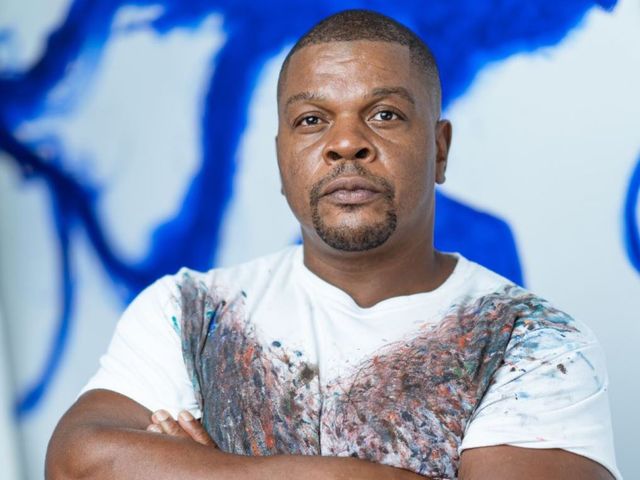Could your visit to New York’s Brooklyn Museum soon come with a soundtrack? Having been selected earlier this month as the Brooklyn Museum’s first composer-in-residence, the 27-year-old cellist Niles Luther has begun his term by creating scores to accompany the institution’s newest exhibition, Hiroshige’s 100 Famous Views of Edo (feat. Takashi Murakami). But he wants to go further. “In the same way that before the 20th century, most films in cinemas did not have musical scores, as of today, most artwork in galleries and museums do not have scores.” he tells The Art Newspaper, adding that art can and should.
He refers to this as its own genre, “Art Music”. “Previously, the term art music has been used to describe music of high phonoaesthetic value… such as classical or jazz music,” he says. “I am pushing the definition, and therefore this genre, forward by anchoring compositions of high phonoaesthetic value within visual art objects.” Indeed, while museums have often acted as a venue for composers, it is rare for one to embed into the institution with the direct task of responding to works in its collection. There is one recent example that stood out to Luther, however: “Fondation Louis Vuitton recently commissioned the renowned German composer Max Richter to respond to an exhibition of Mark Rothko paintings. I deeply admire both the painter and composer and was pleased to see that this was happening on the global stage with such talented artists and the support of such an important cultural institution.” he says.

Utagawa Hiroshige's Kinryuzan Temple, Asakusa (1856), Hiroshige’s 100 Famous Views of Edo (feat. Takashi Murakami) Courtesy Brooklyn Museum
Luther’s work on the present exhibition has included responses to three prints by the Japanese artist Utagawa Hiroshige: New Year’s Eve Foxfires at the Changing Tree, Oji (1857), Chiyogaike Pond, Meguro (1856) and Kinryuzan Temple, Asakusa (1856). The public can listen to the audio via the Bloomberg Connects app. In an audio track produced for the Brooklyn Museum, Luther says he worked with “traditional Japanese instrumentalists” to marry the “Western European classical tradition” and its accompanying instruments (in this case, the viola, violin and cello) with Japanese musical practices, drawing from “traditions that were prevalent in [the country] during the Edo period”.
Having been trained as a cellist, Luther in fact started work as a composer in the art world. “Working as the musical director for the Kehinde Wiley Studio was where I cut my teeth as a composer.” he tells The Art Newspaper. Luther had “never composed anything before working with [the artist] but [had] recorded cello on the scores for several of his art film installations”. “My first ever composition was the score for his film Tahiti, which debuted at Gallerie Templon in Paris in 2019.”
In 2021, Luther worked with Wiley on the score for The Prelude, which was exhibited at London’s National Gallery. “It’s an incredible score created by a young composer named Niles Luther. I am obsessed with this music and, hopefully, we’ll work on other projects in the future.” Wiley told the A brush with… podcast host Ben Luke at the time. However, “it was working for his studio where I realised I was less interested in writing music for the moving image (films) and more interested in scoring the still image (paintings),” Niles says. Still, Luther credits the artist with his success: “Kehinde Wiley is the reason I am a composer today; he gave me the opportunity to develop my artistic voice beyond the traditional forms of the western canon, exploring a new musical vocabulary that has become the bedrock of my practice today.”
A brush with... Kehinde Wiley
The composer-in-residence position is being funded by the Ford Foundation, the private foundation founded by the billionaire automobile family and today run by presidents elected by a board of trustees (including Henry Ford III, the present director of Ford Motor Company, and the philanthropist Laurene Powell Jobs). Under its president, Darren Walker, the foundation has allocated a significant amount of funds to the arts including documentary film-making grants and “cultural development in cities and rural areas in the United States” according to its website.
Luther’s residency will involve exploring “the different ways Art Music can be engaged with by visitors: live performances, recorded music featured on Bloomberg Connects, and full-blown immersive audio installations,” he says. “The aim of this residency is to use the institutional support I have received to position Art Music on the global stage, solidifying its relevance and criticality as a new genre of music that deeply enhances the experience of viewing art.” His term at the Brooklyn Museum will run until November 2025.



